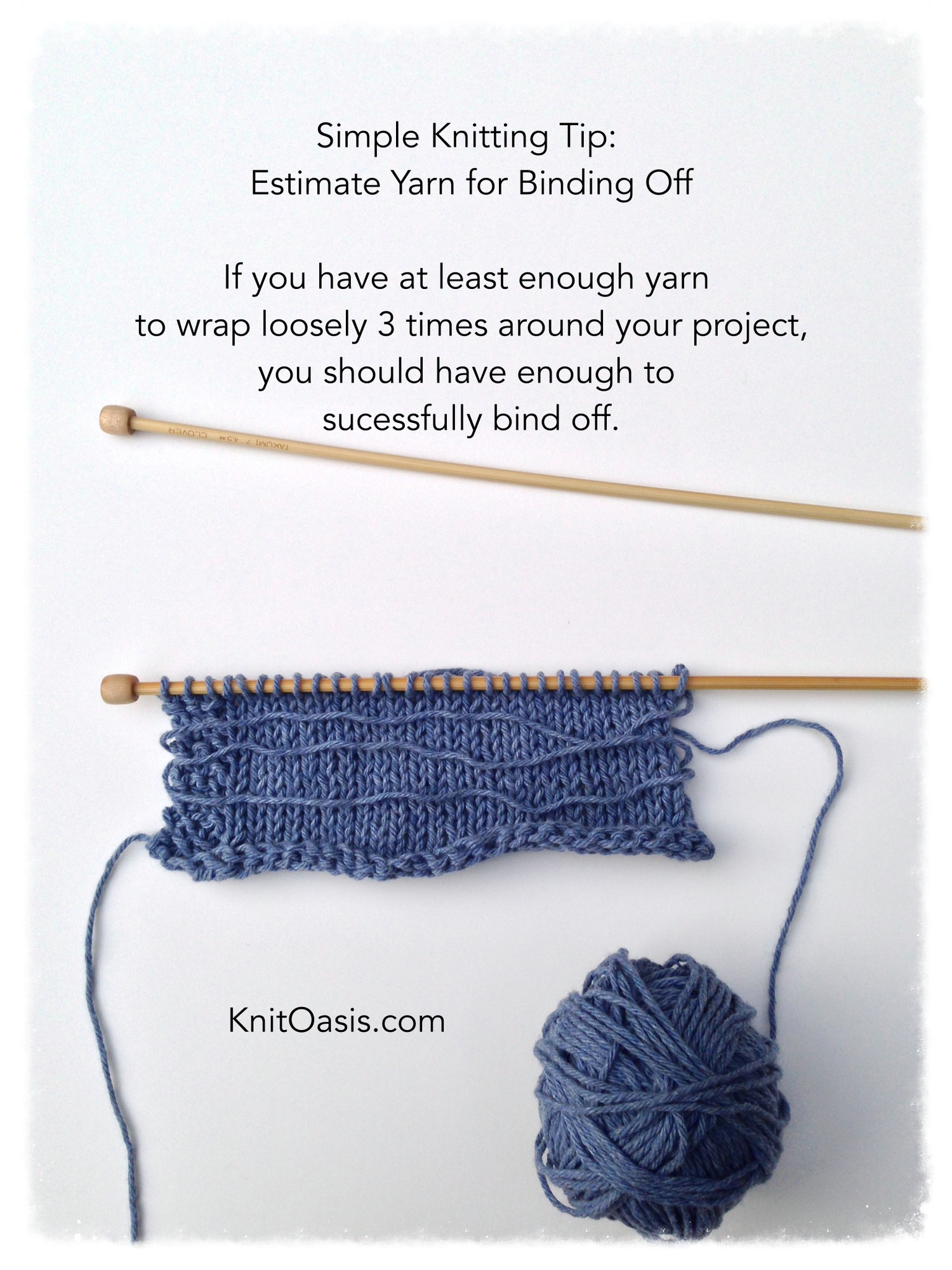Next Steps for New Knitters
So you took up knitting recently...let me just say that it absolutely thrills me that you have! Knitting has been such a lifesaver for me and I honestly can't imagine life without it.
After you take some classes and get some finished projects off your needles, what next? If you have a thirst for more and want to really immerse yourself in the world of knitting, here are some ideas to get you started. This is by no means an exhaustive list!
1. Read all the books. OK, maybe not all of them, at least not at once. Check your local library for knitting books so you can find the writers whose styles suit you. My favorites: Melissa Leapman (Stashbuster Knits and a zillion others), Sally Melville (The Knit Stitch and more), Debbie Stoller (Stitch n' Bitch and Stitch n' Bitch Superstar Knitting), Maggie Righetti (Knitting in Plain English). Then, do yourself (and the writers) a favor: buy the books you like. You will have moments in the middle of a long weekend when you will NEED a certain pattern or knitting tip that you saw and it will be better for everyone if you've got the book on your shelf already. Trust me.
2. Follow some blogs. Of course I hope you follow this one :) These are a few to consider: Mason-Dixon Knitting, The Yarn Harlot, Ann Budd, KnitPicks, Patty Lyons, The Grandmother Gig, Spinsjal, KnittyKnittyChainChain, The Knitting Needle and the Damage Done, and of course The Feisty Redhead. (I know I've left some out...you blog followers out there--feel free to comment with links to blogs you've found helpful!)
3. Join (or start) a knitting group. When I learned to knit, I couldn't find a knitting group in my area, so I started one. Check Meet Up, Google "knitting group" for your area, or look on Ravelry.
4. Keep knitting. I mean it. Don't stop. Find something you like to knit (sweaters, scarves, socks, mittens, blankets, dishcloths, etc) and knit it. Find a technique you love (stockinette, basket-weave, cables, lace, intarsia) and knit it. Find a charity you want to support (Red Scarf Project, Knit Your Bit, etc) and knit for it. The more you knit, the better you'll get and the more enjoyable it will be. If you get stuck on a project, for heaven's sake, CALL me and we'll get through it together. Don't give up.
5. Take more classes, but don't overdo it. I have a friend who says her first knitting project was a Fair Isle sweater. Her. First. Project. There followed a number of years in which she knit nothing, although she did eventually pick it back up. It's easy to take on too much at first. Just because the woman sitting next to you at knitting group is knitting a lace shawl that she designed, (link included because this actually happened to me!) doesn't mean you are any less legit as a knitter because you are making a garter stitch scarf. What I'm saying is: learn more but don't burn out, thinking you have to knit all the things. You don't.
6. I assume you've already joined Ravelry. You have, right? So get involved! Join some groups (like, say, KnitOasis) and chat about patterns and yarn and movies and family and weather and whatever! Post your projects to your Notebook. Believe me, on days when you doubt yourself, it's so helpful to pull up your Notebook and see that yes, you ARE capable of something.
There you have it--a few ways to help make knitting your life, even more than it already is. Hopefully your family will understand...







